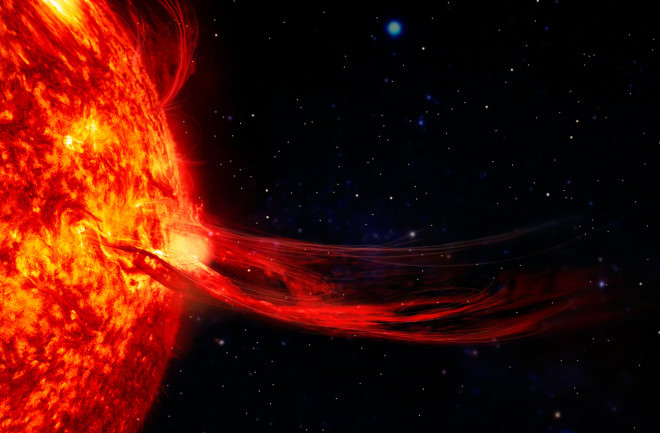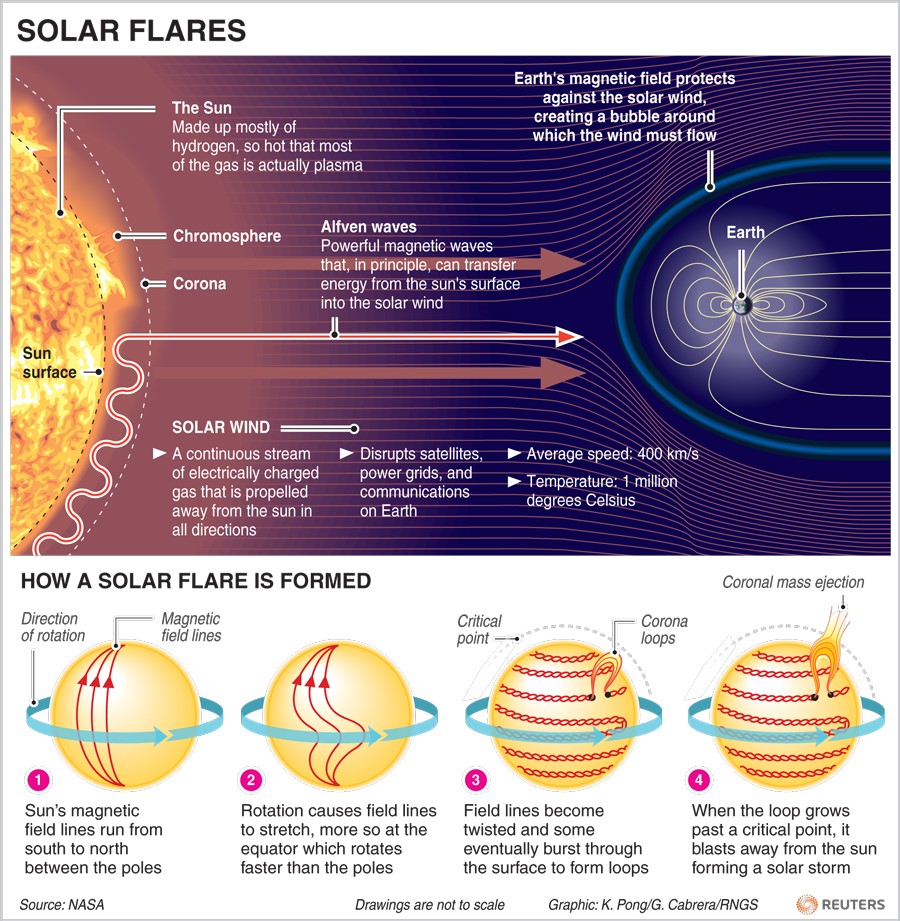Free Courses Sale ends Soon, Get It Now


Free Courses Sale ends Soon, Get It Now



Disclaimer: Copyright infringement not intended.
Context
Solar flare

Impact of Solar Flares and CMEs on Earth
Not all solar flares reach Earth, but solar flares/storms, solar energetic particles (SEPs), high-speed solar winds, and coronal mass ejections (CMEs) that come close can impact space weather in near-Earth space and the upper atmosphere.
Must Read:
https://www.iasgyan.in/blogs/solar-cycle
https://www.iasgyan.in/daily-current-affairs/solar-corona
https://www.iasgyan.in/daily-current-affairs/geomagnetic-storm
https://www.iasgyan.in/daily-current-affairs/muse-and-helioswarm
© 2024 iasgyan. All right reserved